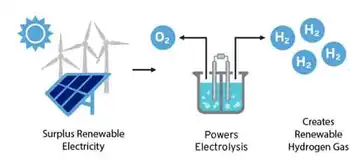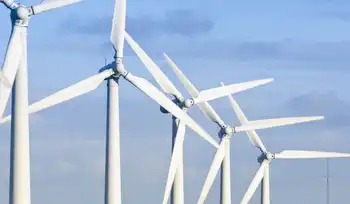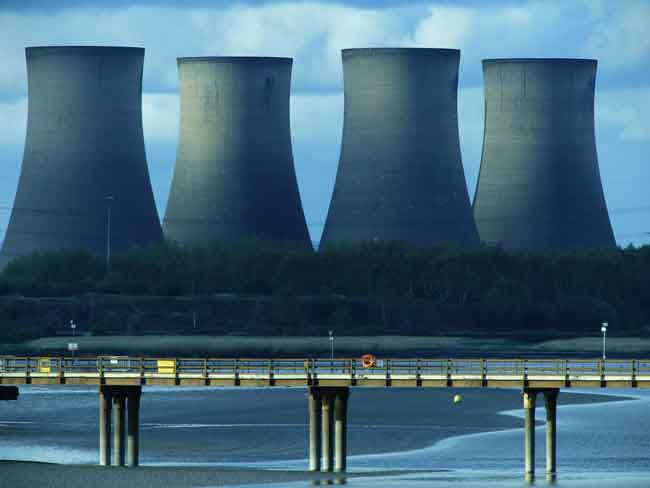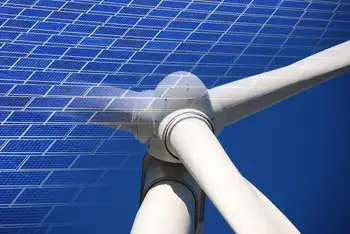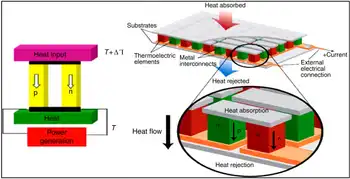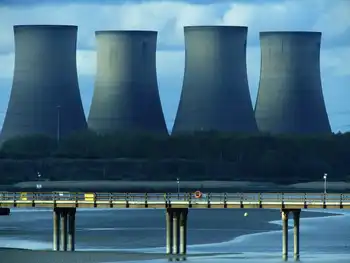IndiaÂ’s woes reflected in bid to restart plant
By New York Times
High Voltage Maintenance Training Online
Our customized live online or in‑person group training can be delivered to your staff at your location.

- Live Online
- 12 hours Instructor-led
- Group Training Available
“This project” is the power plant that Enron built.
A decade after Enron withdrew from the project, the Indian government and two Indian companies are promising to bring the plant to full capacity. The tragedy, as Mr. Bhalekar and his fellow villagers see it, is that even after the plant is fully operational, their daily blackouts — now from 3 to 7:30 p.m. — will still occur, with just slightly fewer hours without electricity.
State authorities promise to have the plant running at 100 percent by the end of the month. But, so far, this plant remains a monument not to the problems of Enron, but to India’s own corruption, cronyism and weak economic policies — some of the reasons that India remains a perpetual second fiddle to China, its increasingly powerful rival.
For all the progress India has made in information technology and service-sector jobs, the country is still unable to provide reliable power, water, roads and other basic infrastructure to most of its 1.2 billion people. For instance, about 40 percent of the countryÂ’s population is not connected to the electricity grid.
This energy deficit is also an impediment to development. Here in Maharashtra, IndiaÂ’s most industrialized state and the home of its commercial capital, Mumbai, formerly Bombay, the demand for electricity will exceed supply by about 30 percent this year, up from 4.5 percent in 1992.
And if industrial companies that set up here can get electricity, they will pay more for it than elsewhere in the world, according to the Prayas Energy Group, a research organization.
IndiaÂ’s slow progress on power has kept some foreign companies away and has led many of them to largely shun the electricity business, in particular. The failure of the Enron plant in 2001, then known as Dabhol Power, was a turning point.
No large power plants have started in Maharashtra since Dabhol.
“Our problem today is power,” Ashok Chavan, Maharashtra’s chief minister, the equivalent of an American state governor, said late last year when asked about the state’s biggest challenges. But he said that his administration would eliminate blackouts that afflict most of the state outside Mumbai within three years.
For villagers here in Veldur, the Enron-built plant’s revival — it has been running at below capacity for four years now — is bittersweet. While some people have been hired at the plant as it has ramped up, the lack of reliable electricity means that the ice that the fishermen in the village need to preserve their daily catch has to be trucked in from farther away.
Experts said Mr. ChavanÂ’s goal was, like many promises made by Indian policy makers, high rhetoric that is not backed up by real action. State and federal governments reduced red tape in 2003 to help add more generation capacity, but many of those reforms have not been fully put in place.
“These problems, which we have been talking about for the last 10, 15 years, there is no real solution to them,” said Madhav Godbole, a retired civil servant who led a committee that studied the problems of Dabhol. “It’s the political will that is wanting.”
Many of IndiaÂ’s utilities, for instance, are financially frail because policy makers look the other way as power is stolen, or because politicians dole out subsidized power to win the votes of farmers. Power plants typically operate below their capacity because the government bureaucracy allocates coal and natural gas, the fuel of power plants, to favored companies. Furthermore, cronyism often dictates who receives permission to build plants because laws requiring competitive bids are not enforced.
As with other projects, the success of the expanded plant here, now known as Ratnagiri Gas and Power, will depend on whether the government sees fit to allocate more natural gas to it from domestic fields to the plant. The plant will be competing with other power, fertilizer and chemical companies that also want and need more gas.
It was with an eye to solving IndiaÂ’s power problem that the country turned to Enron and several other foreign companies like AES, based in Virginia, and EDF of Paris in the early 1990s. The country pursued eight so-called fast-track projects to jolt the economy out of its long socialist-economy slumber.
All but one of the projects ran into trouble. The Enron Dabhol project was the most spectacular failure of all.
In 1992, Enron agreed to build a state-of-the-art power plant and liquefied natural gas terminal on the Arabian Sea. In return, the Maharashtra state promised to buy all the power the plant produced and to even pay for electricity it had no use for. To persuade banks to lend money for the $3 billion project, IndiaÂ’s federal government promised to make payments if the state defaulted.
As envisioned, the project was supposed to meet about 3 percent of the countryÂ’s energy needs.
The agreement was negotiated secretly, because policy makers and company officials said it would be faster that way. The deal promised the company a guaranteed rate of return in dollars, which meant that the price of power to India would most likely rise because the government was depreciating the rupee against the dollar.
To make the projectÂ’s math work, the state would have to jack up retail power prices and crack down on theft of power; neither of which happened. Maharashtra ended up paying Enron 4.67 rupees for each unit of power, even though it was collecting only 1.89 rupees from its customers.
“This was a classic case of what should never be done,” said Suresh Prabhu, who was India’s power minister when Enron shut down the plant in 2001 after Maharashtra and the company fought about what they owed each other.
The plant was closed for five years as negotiations dragged on between bankers; the Indian government; the American agency Overseas Private Investment Corporation, which had guaranteed some of the loans; and EnronÂ’s partners in the deal, General Electric and Bechtel. (Enron sold its stake to GE and Bechtel after declaring bankruptcy in 2001.)
Dabhol reopened as Ratnagiri Gas and Power in 2006 under the tutelage of two Indian government-owned firms: NTPC, the countryÂ’s largest power producer, and GAIL, an operator of gas pipelines.
But the revival proved difficult. The drawings and documents needed to restart the plant were missing. GE’s power equipment had three catastrophic breakdowns, requiring expensive, months-long repairs in Singapore. (GE Energy India declined to discuss what caused the breakdowns, but said that the repairs “will help to ensure reliability in the future.”)
“Frankly, when we took over the plant, I never thought this was possible,” said Chandan Roy, chairman of Ratnagiri Gas and Power and a director at NTPC, referring to getting it up to 100 percent.
The plant is even planning an expansion that will start in the coming weeks.
One way it hopes to do better this time is with its fuel supply. The plant, when first restarted, was running on expensive gas imported from the Middle East. Since October it has received cheaper offshore Indian gas thanks to an allocation from the fields being developed by Reliance. But if the project here cannot receive more Indian gas for the expansion, power will be too expensive and the project will be in the same situation as Enron once was: charging the state more than the state can recoup from customers.
Surya Sethi, a former World Bank official who turned down a request to finance the Dabhol project, said recently that India had learned many lessons from that debacle. But he added that it would take the country a while to deal with the numerous other challenges that bedevil the power sector.
“You can’t suddenly make India a China,” he said.









